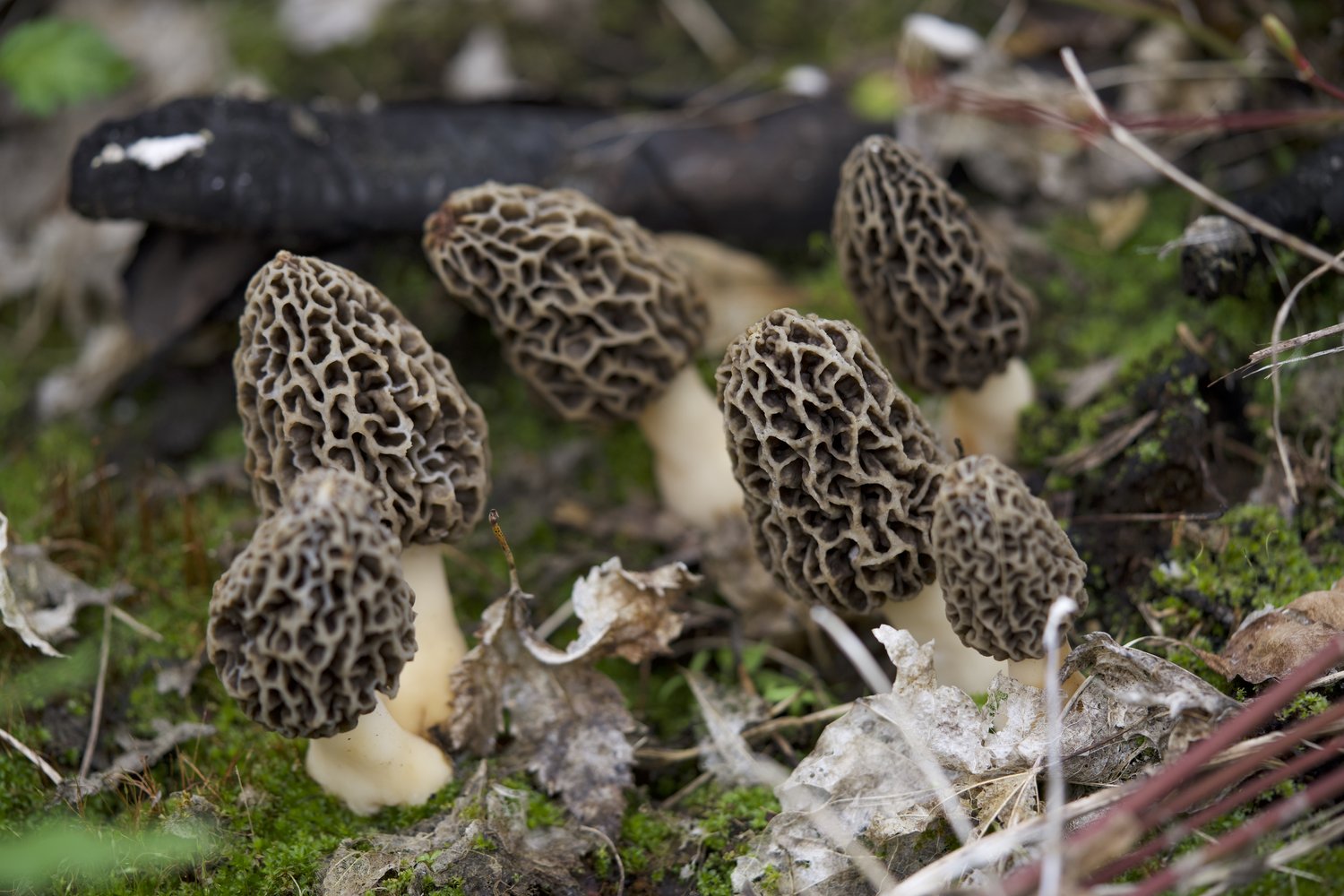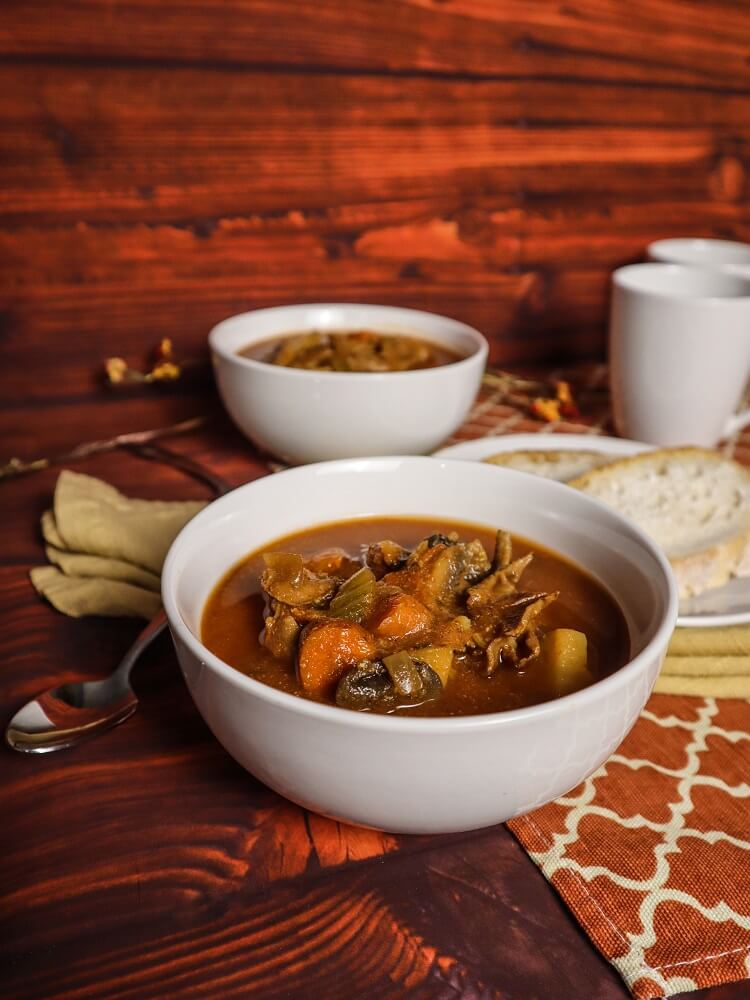The Art of Foraging: Identifying Edible Wild Plants and Mushrooms
In a world where grocery store shelves are stocked with neatly packaged produce from around the globe, the art of foraging might seem like a lost skill from a bygone era. Yet, beneath our feet and amidst the trees lies a veritable cornucopia of edible treasures waiting to be discovered. Welcome to the enchanting world of foraging – where nature becomes our pantry, and the wilderness offers its bounty to those who know where to look and what to pick.
Unveiling the Essence of Foraging
So, what exactly is the art of foraging? At its core, foraging is the practice of gathering wild food resources, including plants, mushrooms, and even insects, from their natural habitat for sustenance. It's an age-old tradition that predates modern agriculture, tracing back to our hunter-gatherer ancestors who relied on their knowledge of the land to nourish themselves.
But foraging isn't just about filling our bellies; it's a profound connection to the land, a dance with nature that requires keen observation, respect, and humility. It's about understanding ecosystems, recognizing patterns, and forging a symbiotic relationship with the environment.
Key Aspects of Foraging
1. Plant and Mushroom Identification:
The cornerstone of foraging lies in the ability to accurately identify edible species from their toxic counterparts. This requires a blend of botanical knowledge, field experience, and a healthy dose of caution. A misidentification could have dire consequences, underscoring the importance of thorough research and mentorship when starting out.
2. Seasonality and Habitat:
Nature operates on its schedule, and foragers must learn to dance to its rhythm. Understanding when and where certain plants and mushrooms thrive is crucial for successful foraging. For example, ramps and morel mushrooms emerge in the spring, while blackberries and chanterelles make their appearance in the summer and fall, respectively.
3. Ethical Harvesting Practices:
Foraging is a delicate balance between harvesting and conservation. Responsible foragers adhere to sustainable practices, taking only what they need and leaving behind enough to ensure the survival of the species and the ecosystem as a whole. It's a mindset of reciprocity, where we give back to nature as much as we take.
4. Culinary Exploration:
Foraging opens up a world of culinary possibilities, allowing us to experiment with flavours and ingredients that are often overlooked in mainstream cuisine. From wild salads and herbal teas to savoury mushroom stews, the kitchen becomes a playground for creative expression, guided by the bounty of the land.
The Relevance of Foraging in the Modern World
In an era dominated by convenience and processed foods, the resurgence of interest in foraging represents a longing for a deeper connection to our food and the natural world. It's a rebellion against the homogenization of taste and a celebration of biodiversity. Foraging encourages us to slow down, engage our senses, and rediscover the lost art of living in harmony with the land.
Moreover, foraging offers a gateway to sustainability and self-sufficiency. As concerns about food security and environmental degradation loom large, learning to identify and utilize wild edible resources empowers individuals to take control of their nutrition and reduce their ecological footprint. It's a small but meaningful step towards a more regenerative and resilient food system.
Tales from the Wild
One of the most enchanting aspects of foraging is the sense of discovery that accompanies each outing. Whether it's stumbling upon a patch of wild strawberries hidden in the underbrush or spotting the telltale silhouette of a prized morel mushroom beneath a decaying log, every foraging excursion is imbued with a sense of wonder and excitement.
I remember my first encounter with fiddlehead ferns, their delicate coils unfurling like miniature green spirals against the forest floor. With trembling hands and a racing heart, I plucked a few fronds, marvelling at their tender texture and earthy flavour. That evening, I sautéed them with garlic and butter, savouring each bite as if it were a revelation. It was a humble yet profound reminder of the abundance that surrounds us if only we have eyes to see.
Conclusion: Embracing the Journey
The art of foraging is a lifelong journey, a continuous exploration of the natural world and our place within it. It's a journey filled with unexpected encounters, moments of awe, and humble lessons learned. Whether you're a seasoned forager or a curious novice, there's always something new to discover, a plant you've never seen before, or a mushroom you've yet to taste. So, I invite you to step outside, to walk gently upon the earth, and to open your eyes to the wonders that await. The world of foraging is vast and ever-changing, offering a treasure trove of experiences for those brave enough to venture forth. Who knows what culinary delights and hidden gems you may find along the way?
In the end, foraging is not just about finding food; it's about finding ourselves – our connection to the land, to each other, and to the intricate web of life that sustains us all. So, let us embrace the art of foraging with open hearts and curious minds, for in doing so, we may discover not only sustenance but also a deeper sense of belonging and wonder in the world around us.





Comments
Post a Comment